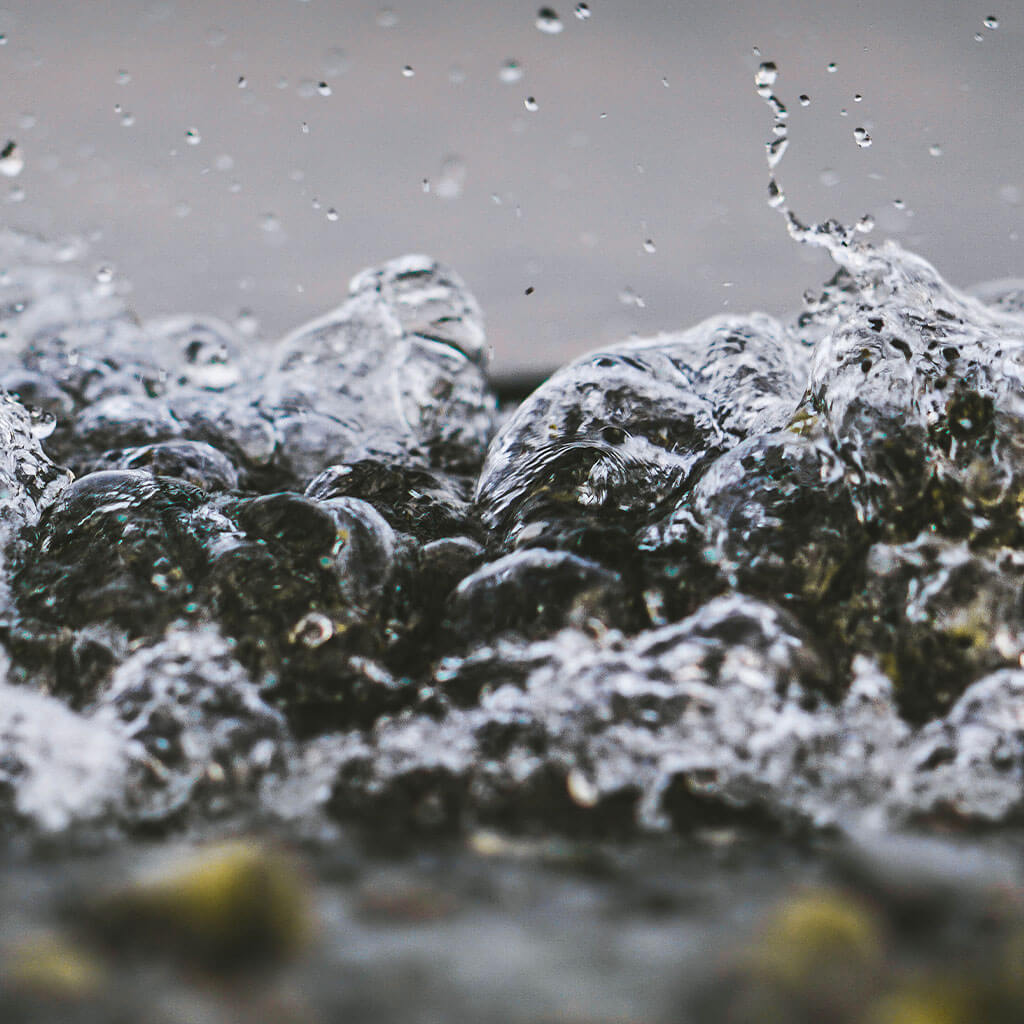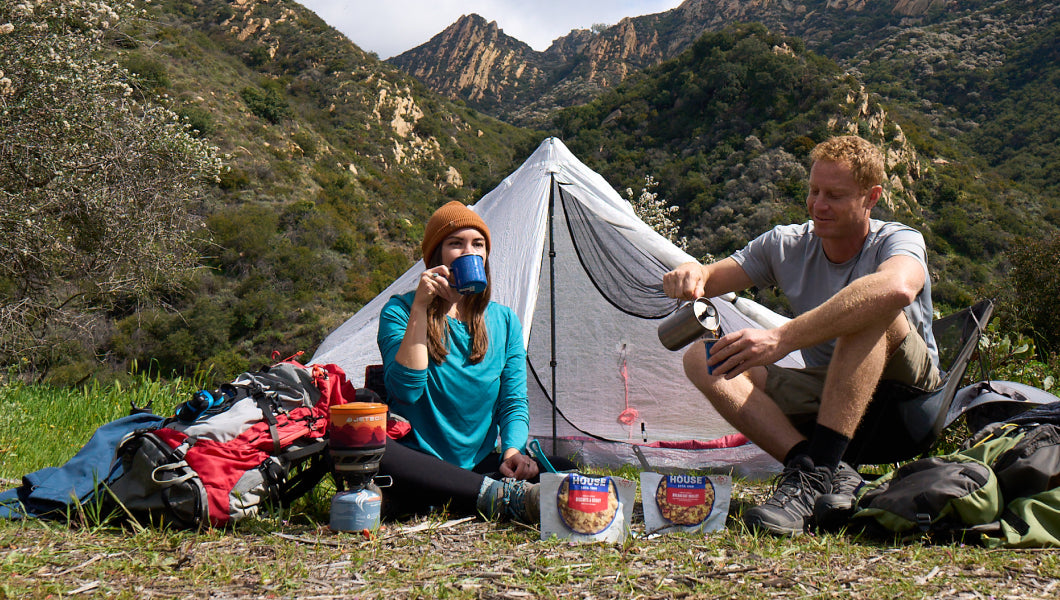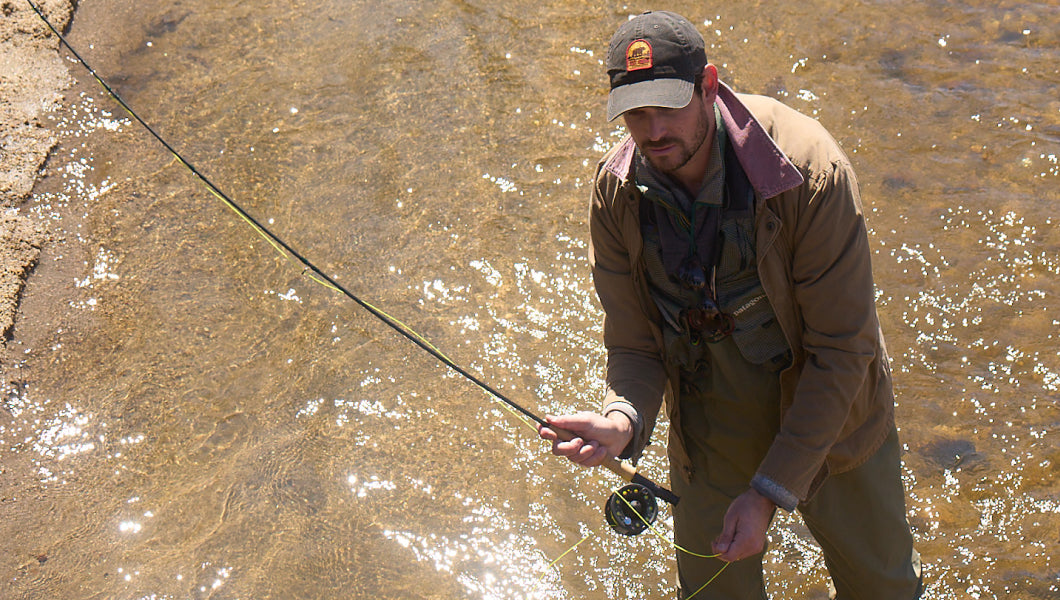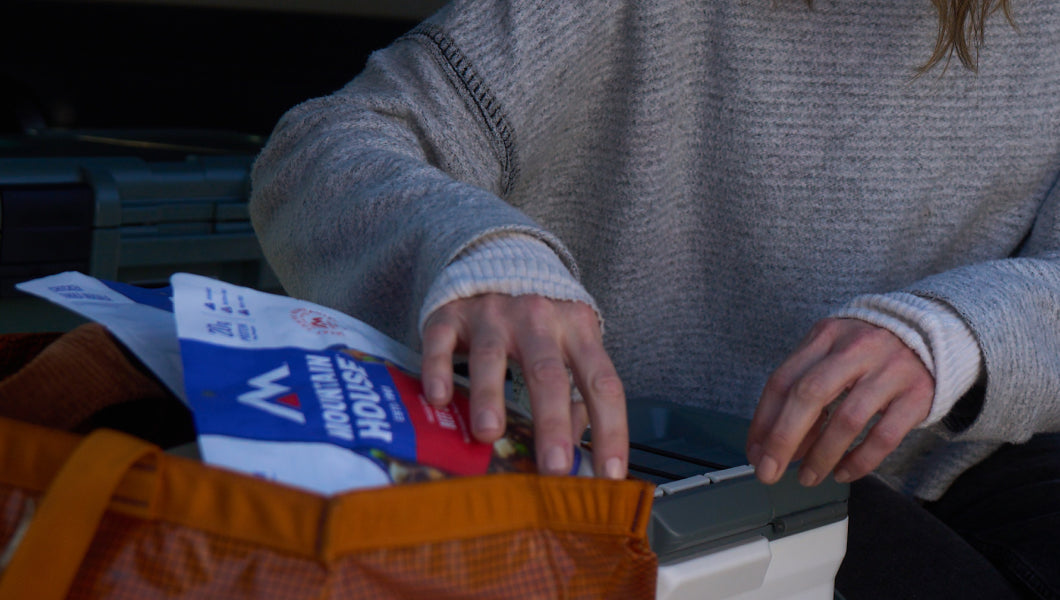Inspired for an Adventure? Check out Beef Stroganoff - Pouch and Beef Stew - Pouch
Free Ground Shipping On All Orders
Over 2,100 Reviews
Add description, images, menus and links to your mega menu
A column with no settings can be used as a spacer
Link to your collections, sales and even external links
Add up to five columns
Add description, images, menus and links to your mega menu
A column with no settings can be used as a spacer
Link to your collections, sales and even external links
Add up to five columns

How Does High Altitude Affect the Boiling Point of Water?
The siren song of the mountains calls loud and clear to most backpackers, which means we’re often camping well above sea level. Besides impacting our physiology, altitude has an influence on how long it takes to boil water—and, therefore, how long it takes to prepare uncooked food. For many of you, the following will be a no-brainer rehash, but a good number of people still get (understandably) confused about the relationship between boiling point, cooking time, and altitude increases, so we thought we’d run through a quick and basic primer on the subject. Whether you're going ski-touring soon or spending this winter scheming up awesome high traverses for the summer, learn a little about boiling water at altitude!
The Basics
At increasing altitude, atmospheric pressure decreases. Very roughly speaking, you can think of it like this: There’s more air above a point at sea level, which means the atmospheric pressure is greater here than at higher altitudes where there’s less air pressure bearing down above. This fundamental physical rule explains a lot of important weather phenomena as well as that annoying ear-popping thing when you’re flying in an airplane or driving up or down a mountainside.
It also impacts the boiling point of water: the temperature at which liquid water begins turning to vapor, which occurs when its vapor pressure equals the atmospheric pressure. At a higher elevation, the lower atmospheric pressure means heated water reaches its boiling point more quickly—i.e., at a lower temperature. Water at sea level boils at 212 degrees Fahrenheit; at 5,000 feet above sea level, the boiling point is 203 degrees F. Up at 10,000 feet, water boils at 194 degrees F.
This is the opposite of what many people suppose: that water takes longer to boil on high. As we’ve just demonstrated, boiling water at altitude is quicker because it requires less energy. But the fact that the boiling temperature is lower at higher elevations means food takes longer to cook, which is where the confusion lies. At 5,000 feet, where water boils almost 10 degrees cooler than at sea level, you need about double the cooking time.
Boiling Water at Altitude Chart
| Altitude (feet) | Boiling Point (°F) | Boiling Point (°C) |
|---|---|---|
| Sea Level | 212 | 100 |
| 1,000 | 210.1 | 98.9 |
| 2,000 | 208.2 | 97.9 |
| 5,000 | 203.8 | 95.4 |
| 7,500 | 198.3 | 92.4 |
| 10,000 | 194.3 | 90.2 |
| 15,000 | 184.5 | 84.7 |
 photo Kristian Keenen
photo Kristian Keenen
Wind Factor & Other Caveats
Now, keep in mind that high-elevation cooking sites often contend with wind, and that, of course, can affect how long water comes to a boil by whipping that gas flame around and otherwise making it harder to heat your pot. Choosing a sheltered spot and shielding your stove and cook vessel from the gusts with a windscreen will help ward against this factor, which may also explain why some outdoorspeople think it takes longer to heat water to a boil up in the mountains.
And then there's the fact that different stove fuels perform better or worse at high elevations and in the colder temperatures typically encountered up there. All things considered, liquid-fuel stoves are the best bet for high-elevation camping. At high altitude or subfreezing weather, canister stoves won't work as well, and at best it may take longer to bring your water to a boil, if it gets there at all. (Learn more about "choosing a backpacking stove.")

Altitude & Water Purification
Now, what about using boiling temperatures to purify water—how is that impacted by altitude? Boiling is the surefire way to kill pathogens and make water safe to drink. Do you need to worry about the lower boiling temperature of water in the high country?
Basically, you don’t. The Centers for Disease Control & Prevention recommends letting water stand at a rolling boil for a minute at sea level to purify it and extending that to three minutes of a rolling boil above about 6,500 feet. Many experts, however, contend that simply allowing water to reach a rolling boil renders it safe, regardless of your elevation—see this World Health Organization document, for example, as well as these posts from Off the Grid and Backpacker. Even the lower boiling-point temperatures at high mountains on Earth are sufficient to kill pathogens. If you want to cover all your bases, by all means, follow the CDC guidelines, but if you’re being fuel-conscious you’re likely going to be fine simply bringing water to a rolling boil.
(To learn more, explore our Mountain House resources on purifying water and cooking at high altitudes.)
Pop Quiz
Questions
Why does water boil at a lower temperature when making tea on Mount Everest compared to sea level?
- a) Because tea leaves have a special reaction to high altitudes
- b) Because the temperature on Mount Everest is naturally colder
- c) Because air pressure decreases at high altitudes, affecting the boiling point
- d) Because Mount Everest has magical boiling powers
When boiling a cup of tea at a high elevation, why do water molecules behave differently?
- a) Because they become magnetic at higher altitudes
- b) Because they gain energy and move faster as the liquid boils
- c) Because they shrink in size due to low air pressure
- d) Because they hibernate in the cold mountain air
Among different altitudes, which one resembles a pressure cooker in terms of its impact on boiling water?
- a) Sea Level
- b) 5,000 feet
- c) 10,000 feet
- d) 15,000 feet
Answers
- c) Because air pressure decreases at high altitudes, affecting the boiling point
- b) Because they gain energy and move faster as the liquid boils
- c) 10,000 feet

High-Altitude Cooking With Mountain House
That longer cooking time at higher elevations has a crucial impact on backpacking. To cook the same meal up in the mountains or plateaus, you’ll need to invest in more fuel and more time. On extended trips in the high country, foods that require lengthy and/or multi-step cooking aren’t good choices, because they’ll translate to hauling that much more fuel in your pack.
Instant-type meals that merely require heating are the better choice, and that includes our just-add-hot-water Mountain House delicacies. In fact, you don’t even need hot water to prepare Mountain House meals: You can use room temperature or even cold water to rehydrate our freeze-dried meals—just give the food about double the cooking time listed on the package.

Best Places to Go Winter Wildlife Watching in North America

Exploring the Best Winter Desert Hiking in the Southwest United States


Stay Hungry for Adventure
Sign Up for Delicious Outdoor Meals & Exclusive Offers!


Join the adventure
©2024 Mountain House — All Rights Reserved.
Your Cart is Empty
Continue ShoppingYour Cart
Subtotal
$0.00
EXPRESS PAYMENT METHODS AVAILABLE IN CHECKOUT
Taxes and Shipping Calculated at Checkout














